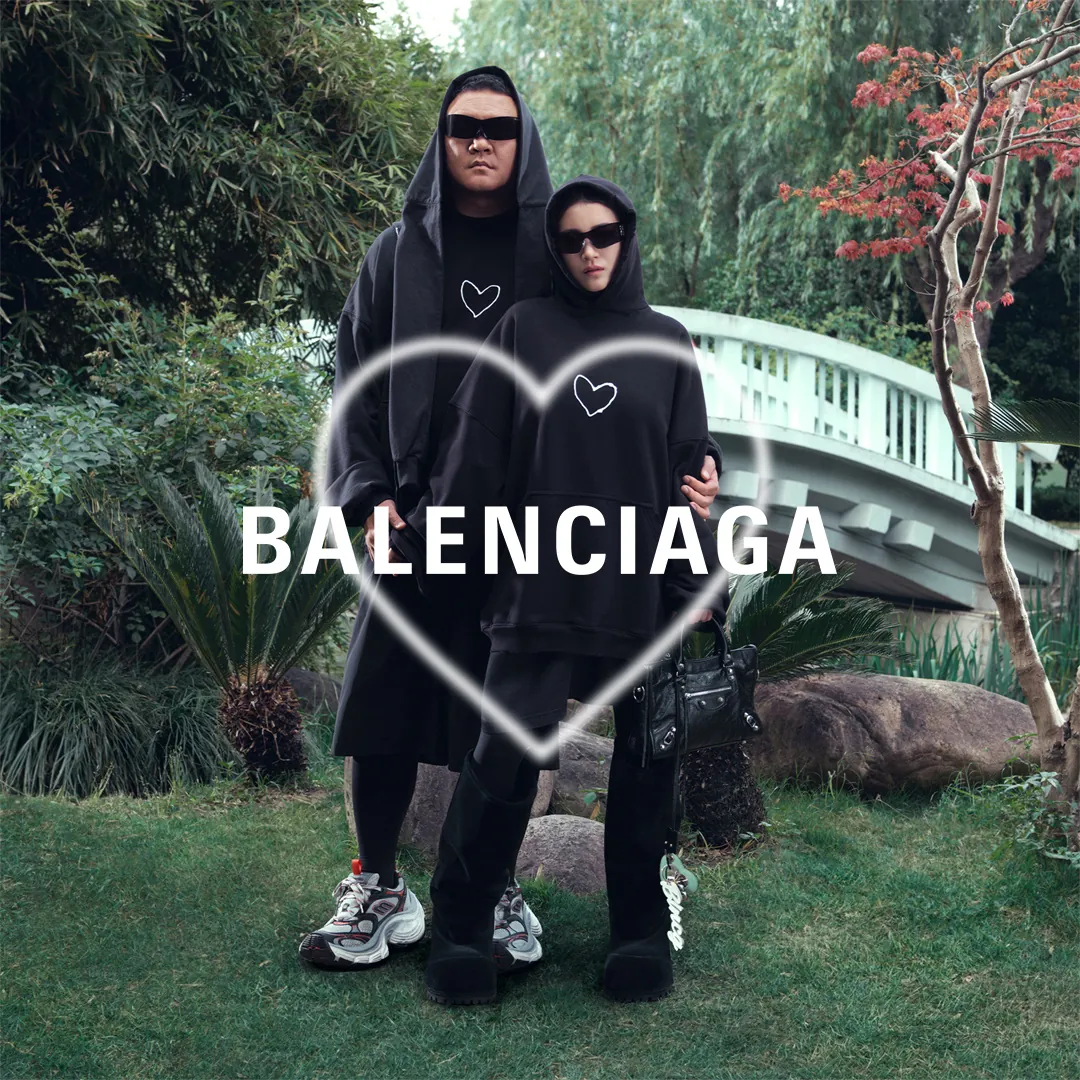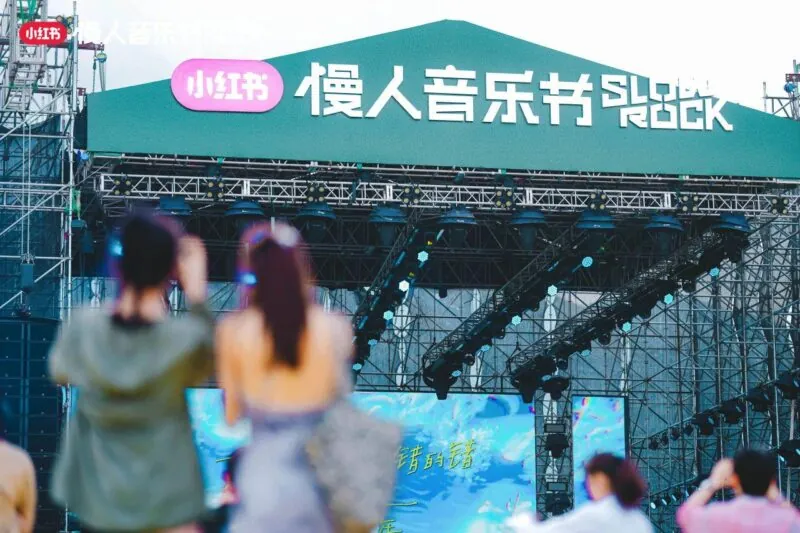Key takeaways:
- This year Qixi, or Chinese Valentine’s Day, comes earlier than 2023 so brands are starting their campaigns even earlier.
- Many brands use couples and bridges as motifs in their campaign to pay homage to the myth of Qixi.
- Others add more Chinese cultural elements to differentiate.
This year, the Qixi (七夕) festival, or the 7th day of the 7th month of the Chinese calendar, arrives on 10 August, 12 days earlier than 2023. Last year, most brands launched their Qixi campaigns around 2 weeks before the festival, but this year, many started 3 weeks prior to the day. This means that many of the brand campaigns began on 7 July, also on 7/7.
This year, we see several approaches to the Qixi celebration, here’s what we find interesting:
Couples and bridges
Quick recap of the Qixi origin story. Niulang (牛郎), or the Cowherd, represented by the star Altair and Zhinü (织女), the Weaver Girl, represented by the star Vega, were punished for their forbidden romance which meant they had to live apart on two sides of the Milky Way until the Qixi day, when magpies make a bridge so they can cross and meet each other, once a year.


Bottega Veneta takes a cue from the myth and brings celebrities such as Zhou Yutong, Du Juan and Mika Hashimzume to a stone bridge in pairs. The greenery and romantic outdoors combined with models (sporting the Qixi collection of sneakers and bags, some of which are Greater-China exclusives) staring melancholically into the camera pay homage to the story of the (literal) star-crossed lovers.



Balenciaga goes a step further. Following its 520 “I Love You” day campaign in May, it invited real-life couples, including celebrity couple, director Che Che and singer Li Jiage. Donned in Balenciaga’s Qixi limited-edition collection, the couples appear in urban landscapes such as the streets, metro stations and a park. Interestingly Che and Li’s segment in the park features a bridge in the background, echoing the Qixi myth.
Now add culture
Burberry also brings the park to its campaign with an animated short made by the award-winning Hong Kong animator Ellis Kayin Chan. A couple, with a Burberry bag, sit on a bank of a lake in a park, with a bridge afar, cuddling as a pair of swans form a heart shape with their necks in the foreground. This paints a typically British scene from a park to the mix, paying homage to the story while bringing out the brand image.
Instead of leveraging the brand’s country of origin, Prada goes localised. The campaign video shows brand ambassador, actor Li Xian and model Xie Xin walking in the historical village of Chengkan, in Huizhou, Anhui. In the video, Li chases the nebulous and fleeting Xie among the Hui-style architecture, before finally seeing, from a bridge, her resting on a raft.
Through this interactive touchpoint, visitors can not only get fashion advice but also learn about the traditional festival
Prada also released an AI chatbot with Baidu, called “Prada Qixi Xian Boyfriend” (Prada七夕现男友, “现”, the given name of Li also means currently, “现男友” also means current boyfriend). Through this time-limited interactive touchpoint, visitors can not only get fashion advice but also learn about the traditional festival. With the help of Li’s star power, the topic “Prada Qixi encounter at a historical town” (#Prada七夕古镇邂逅#) garnered over 130 million views on Weibo, China’s Twitter equivalent.
As brands explore various approaches to celebrate the festival this year, it seems many are getting creative with the way they interpret the traditional festival, with certain anchor points such as the bridge motif. It is especially interesting to see how brands balance the traditional Chinese culture behind the day, the internet culture that made it the “Chinese Valentine”, as well as their international brand positioning.
It is especially interesting to see how brands balance the traditional Chinese culture and the internet culture, as well as their international brand positioning
An additional observation about bringing forward the campaign to 7 July is that Japan celebrates the “Tanabata” (also written as “七夕” in Kanji), their version of Qixi on 7 July, since the country switched most holidays to the Gregorian calendar back in the Meiji era (1868 – 1912). A similar trend was observed earlier this year as many brands launched their Year of the Dragon campaign around the time of the New Year, 2 months before the Chinese New Year when the Chinese Zodiac changes. This could also be because Japan switches the zodiac sign at the New Year.









